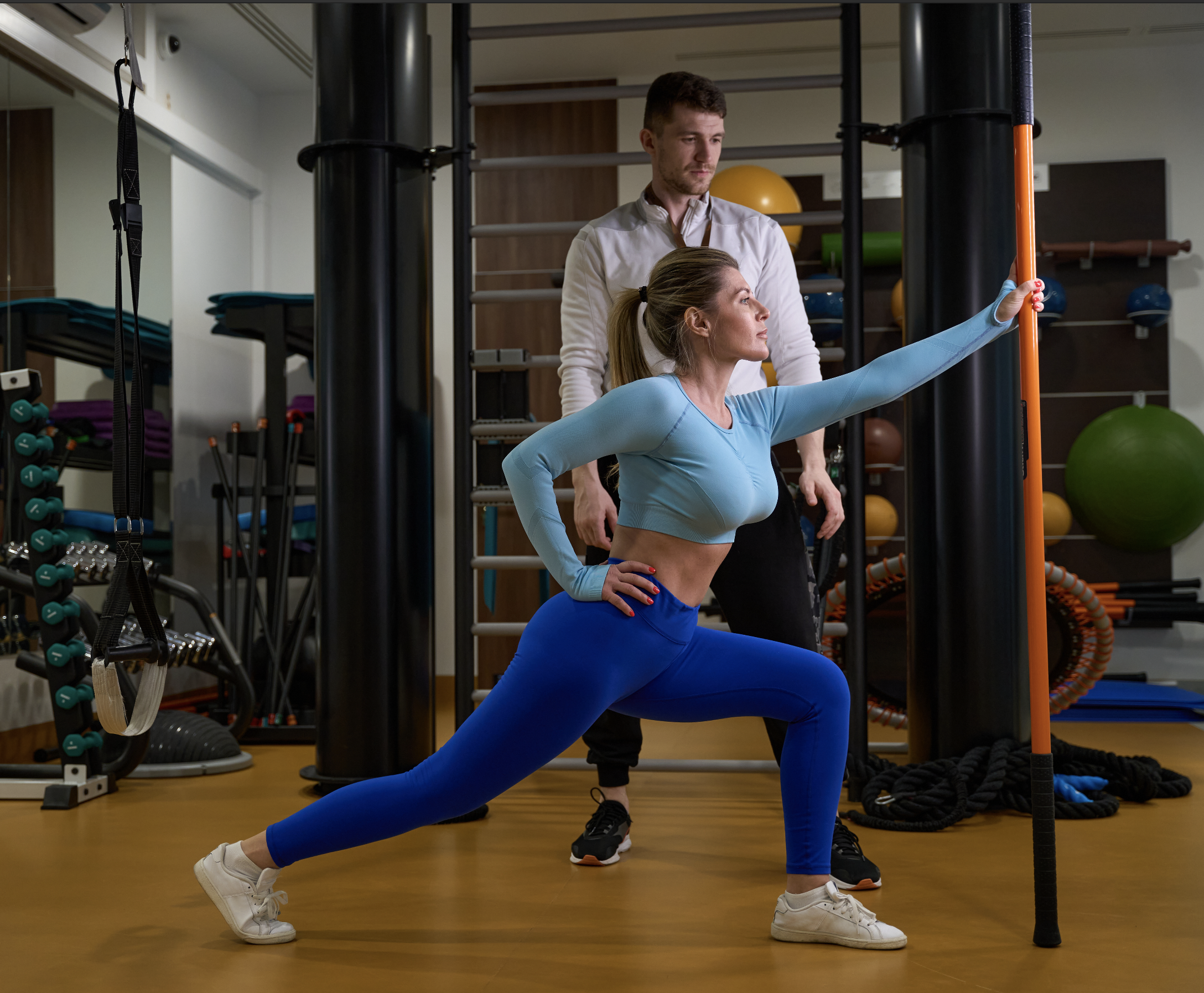Unlocking the Power of Functional Training: Squats, Lunges, Deadlifts, and Planks
Functional training has become increasingly popular in the fitness world, emphasizing movements that mimic everyday activities and improve overall functional strength, mobility, and stability. Among the plethora of exercises that fall under this umbrella, squats, lunges, deadlifts, and planks stand out as foundational pillars for a well-rounded functional training regimen.
Squats: A quintessential lower body exercise, squats engage multiple muscle groups including the quadriceps, hamstrings, glutes, and core. By mastering proper squat technique, individuals can enhance their ability to perform daily activities such as bending down to pick up objects or rising from a seated position. Variations like goblet squats or sumo squats can add diversity to your routine while targeting different muscle groups.
Lunges: Lunges are dynamic exercises that primarily target the quadriceps, hamstrings, and glutes, while also engaging the core for stability. Incorporating lunges into your workout routine not only strengthens these major muscle groups but also improves balance and coordination. Walking lunges, reverse lunges, and lateral lunges offer variations that challenge different movement patterns and muscle activation.
Deadlifts: Deadlifts are unparalleled in their ability to build lower body strength and posterior chain muscle development. This compound exercise targets the hamstrings, glutes, lower back, and core, promoting functional strength that translates into real-world movements like lifting heavy objects off the ground with proper form. It's crucial to prioritize proper technique and start with lighter weights to avoid injury and gradually increase intensity over time.
Planks: Planks are a staple for core stability and endurance, engaging the entire core musculature along with the shoulders, chest, and back. Holding a plank position strengthens the muscles that support the spine, improving posture and reducing the risk of back pain. Variations such as side planks, plank rotations, or plank with leg lifts can add challenge and target different muscle groups within the core.
Functional Training Beyond the Basics:
Functional training extends beyond these fundamental exercises to include a diverse array of movements such as pull-ups, kettlebell swings, rows, step-ups, bear crawls, and stiff-legged deadlifts. These exercises emphasize full-body engagement, coordination, and mobility, reflecting the dynamic nature of daily activities.
Customizing Your Functional Training Routine:
The number of repetitions and sets for each exercise can vary based on individual fitness goals and experience levels. Beginners may start with five to ten repetitions per set, focusing on proper form and technique, while more advanced individuals may aim for 15 to 20 repetitions to challenge muscular endurance.
Whether your focus is on building power, strength, or balance, it's essential to incorporate a comprehensive warm-up routine to prepare the body for exercise and reduce the risk of injury. Additionally, stretching at the end of your workout helps improve flexibility and aids in muscle recovery.
Conclusion:
Functional training offers a holistic approach to fitness, emphasizing movements that translate directly to daily life activities. By incorporating exercises like squats, lunges, deadlifts, and planks into your workout routine, you can enhance functional strength, improve mobility, and achieve greater overall fitness. Remember to prioritize proper form, gradually progress intensity, and listen to your body to maximize the benefits of functional training.





